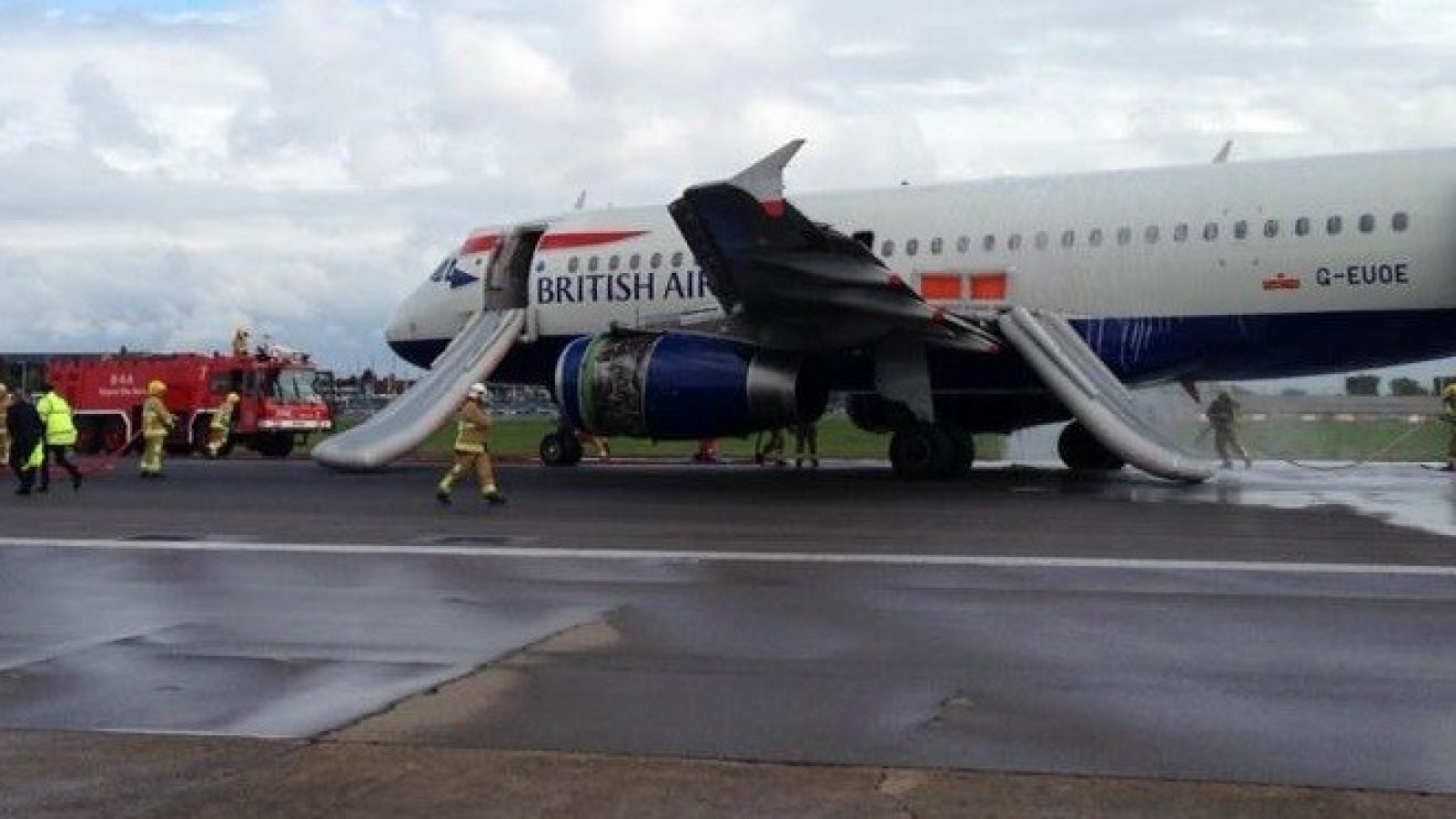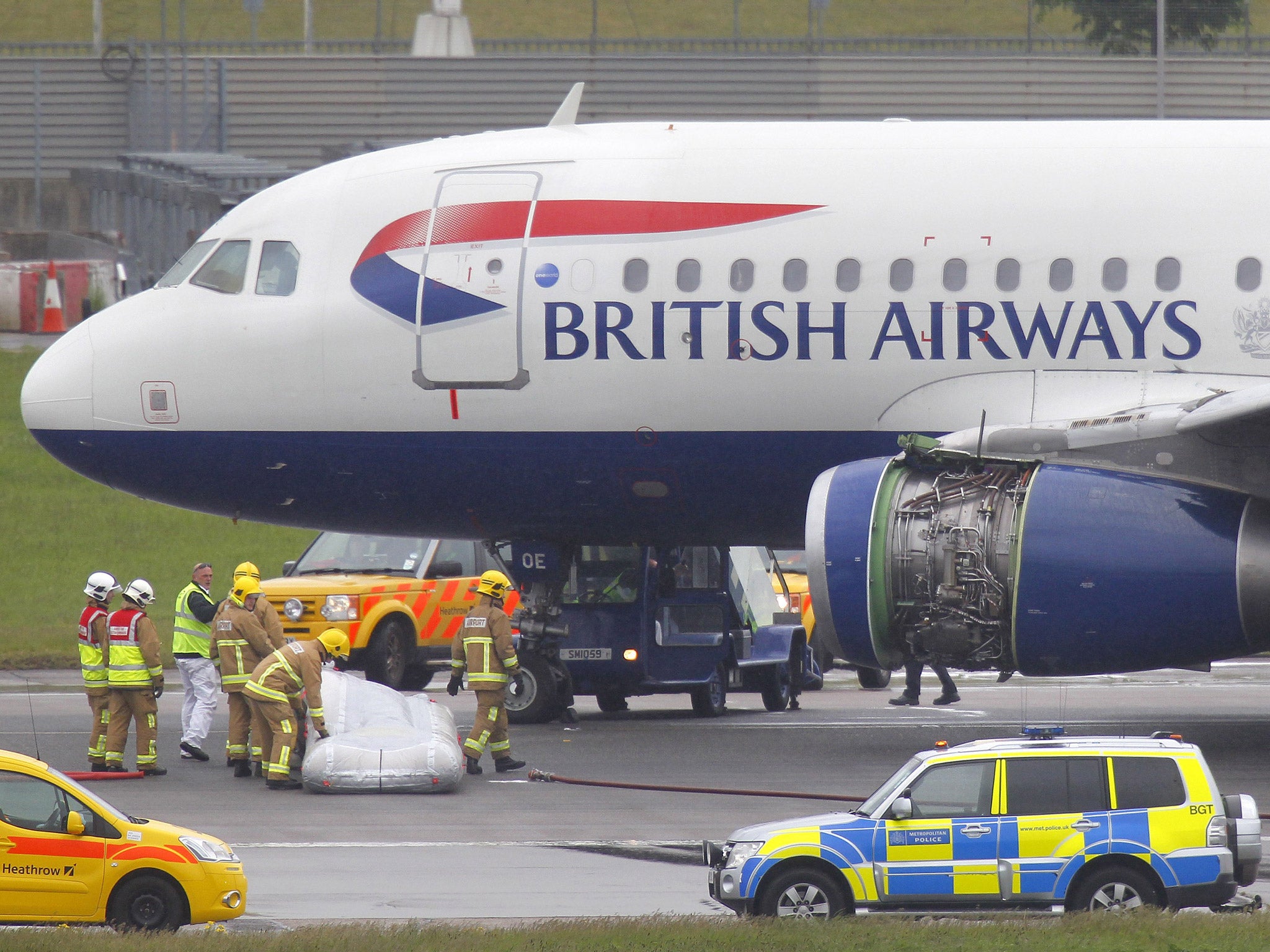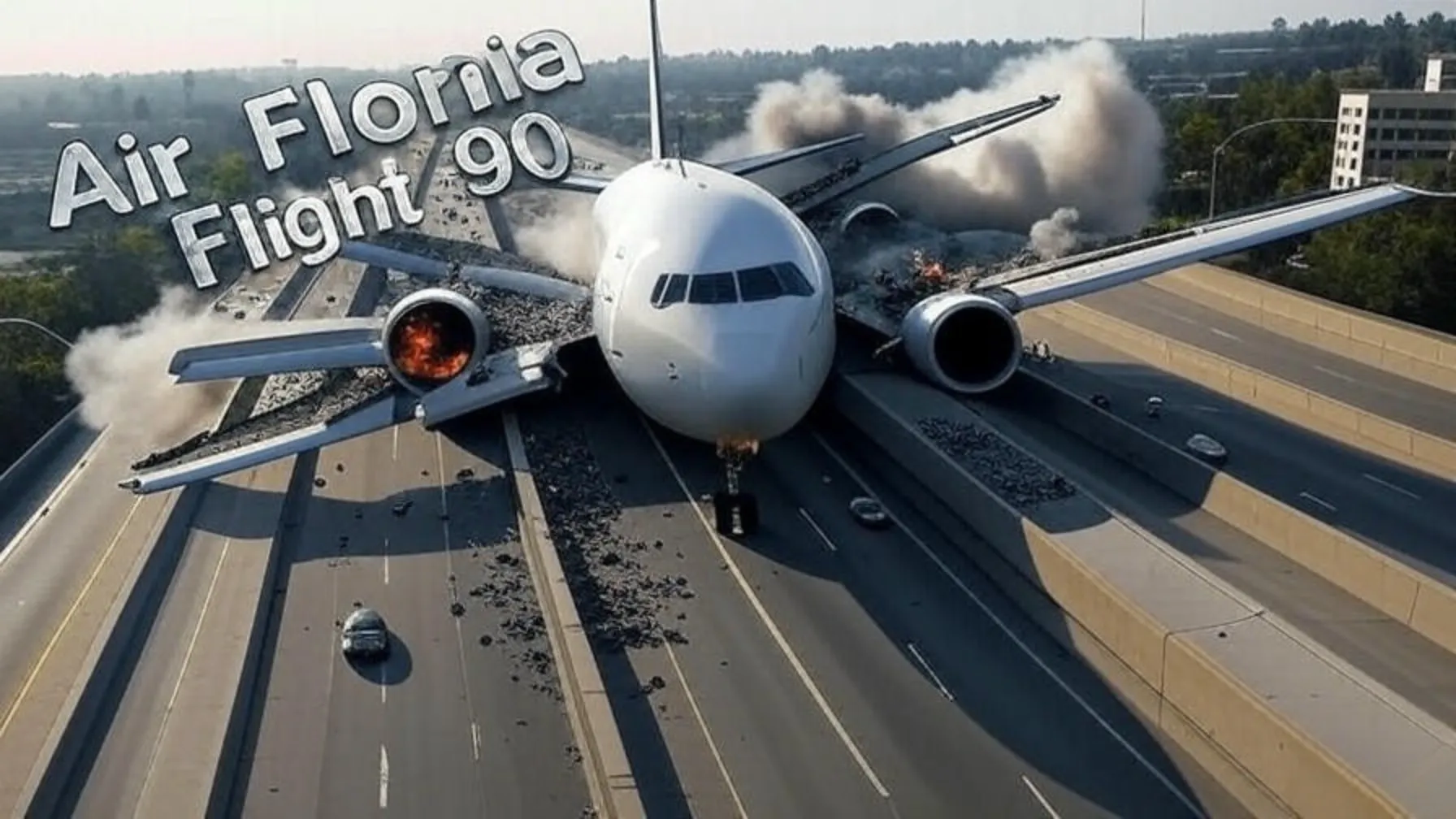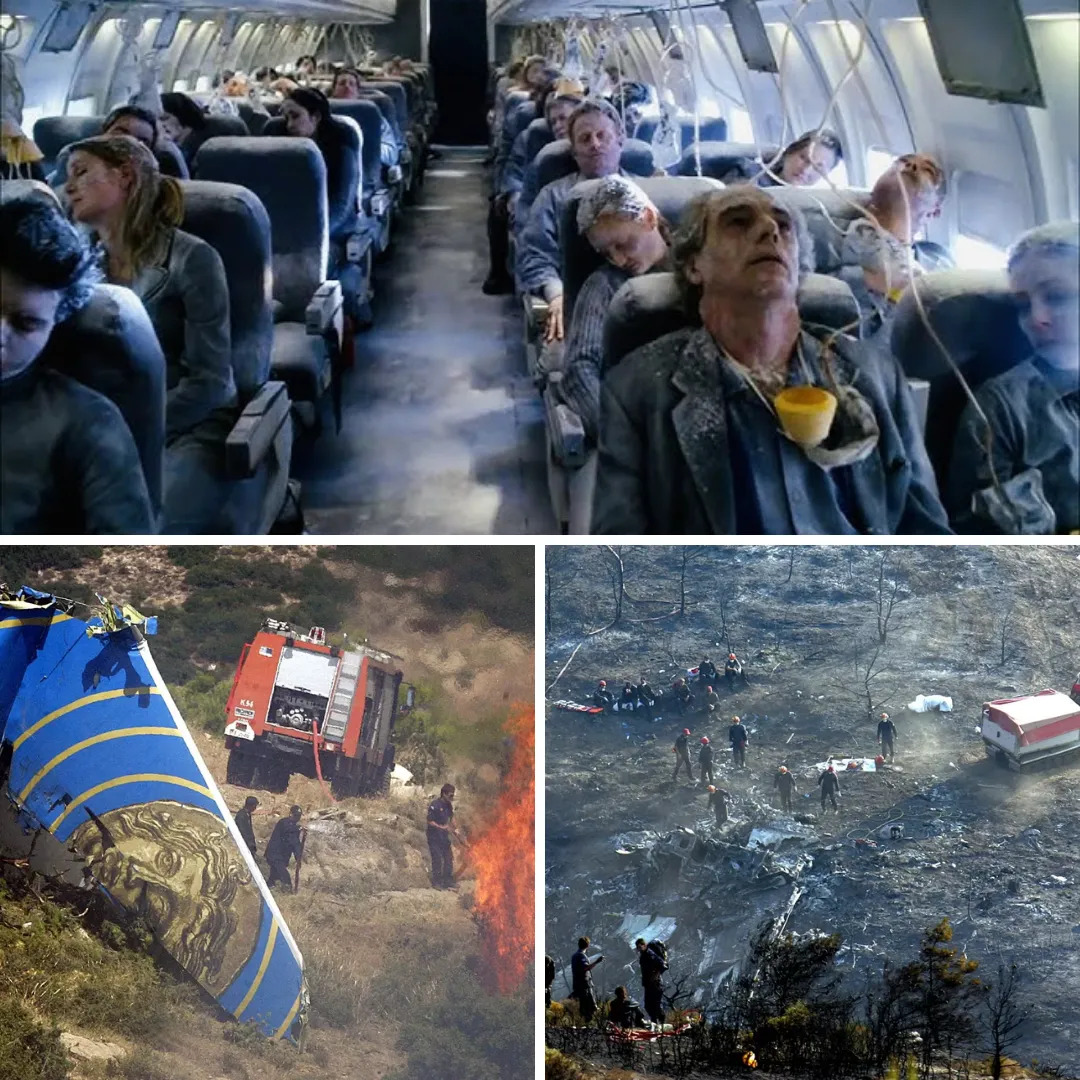The British Airways Flight 762 Near-Disaster: A Story of Systemic Failures, Quick Thinking, and Survival

On the morning of May 24, 2013, British Airways Flight 762, bound for Oslo, Norway, was preparing for takeoff at London’s Heathrow Airport. The flight was supposed to be routine—a two-hour journey with 75 passengers and crew aboard, all expecting a smooth trip. However, moments after taking off, the aircraft, an Airbus A319, suffered a catastrophic mechanical failure that would put the lives of everyone on board at serious risk. This is the story of how a series of small but critical mistakes led to a near-disaster and how the pilots' quick thinking and training helped avert tragedy.
A Normal Start with Hidden Problems
The crew of Flight 762 was experienced and ready for the flight. Captain Andrew, 50 years old, had 12,500 flight hours, half of which were spent flying Airbus aircraft. His First Officer, 33-year-old James, had 5,000 hours, with much of that time spent on the A320 family. Prior to boarding the plane, the pilots performed a standard exterior inspection known as a “walk-around,” but a crucial detail went unnoticed: the engine cowling doors were not properly latched.
As the crew prepared for the flight, the aircraft was subjected to routine maintenance. However, due to missing tools and an unfortunate series of missteps, the maintenance crew had left the engine cowling doors open. This simple error was overlooked, and the pilots did not catch it during their walk-around inspection.
Takeoff and Initial Signs of Trouble
The plane was cleared for takeoff, and Flight 762 pushed back from the gate at Heathrow, heading toward Runway 27 Left. Everything seemed normal, but within seconds of takeoff, passengers seated by the windows witnessed a terrifying sight: the engine cowling doors flapped violently in the wind, then tore off completely, falling onto the runway behind the aircraft.
In the cockpit, however, everything appeared to be normal. The pilots continued their climb, unaware that the engine covers had been ripped away, exposing vital components of the engines. As the plane accelerated, debris from the engine panels crashed to the runway, but the pilots did not receive any immediate indication of the damage. It wasn’t until the pilots of another plane, preparing for takeoff, reported seeing debris on the runway that the gravity of the situation began to sink in.
A Rapidly Deteriorating Situation
As Flight 762 climbed to 1,100 feet, the first officer engaged the autopilot. But almost immediately, the auto-thrust system disconnected, and the pilots had to manually control the engines, a task they were not accustomed to handling outside of simulator training. The plane’s computers also began displaying multiple errors, indicating serious problems. The engine panels’ violent departure had caused damage to the sensors that monitored the engines' thrust levels.
Despite the early signs of trouble, the pilots continued their climb to 6,000 feet, the altitude specified by their departure routing. However, the situation was quickly deteriorating. The plane’s hydraulics systems began to fail, and one of the aircraft’s three hydraulic systems, the yellow system, went completely dry. Without this critical hydraulic power, the pilots lost the ability to control some of the flight surfaces, including wing spoilers and reverse thrust on the right-hand engine. The plane’s flight controls were now compromised.
Desperate Measures and Fuel Leak

As the flight continued, the damage to the aircraft mounted. The pilots began to notice that fuel was leaking from the right-hand engine at an alarming rate. The fuel imbalance between the two engines was growing rapidly, and the plane’s systems began to reflect the increasing severity of the situation. The right-hand engine, already damaged, continued to leak fuel at a rate of 120 kilograms per minute.
At this point, the pilots understood the gravity of the situation. They radioed air traffic control, informing them of the engine failure and the hydraulic issues. The controller cleared them to return to Heathrow immediately. However, the runway they had taken off from had been shut down due to debris, and the pilots had to land on the parallel runway, Runway 27 Right.
The pilots were racing against time. With the right engine leaking fuel, the risk of a catastrophic fire was imminent. The captain made the difficult decision not to shut down the leaking engine, fearing that the left engine might fail as well. The risk of landing with both engines out was simply too great.
A Final Push for the Runway
With the plane now just minutes from the runway, the pilots faced a critical decision: how to safely land the aircraft. As the captain and first officer prepared for the landing, the senior flight attendant made a second call to the cockpit, reporting that the right-hand engine appeared to be on fire. The captain, now fully aware of the situation, activated the fire suppression system for the engine, discharging the first of the two inbuilt fire extinguishers. But despite their efforts, the fire warning continued to sound.
As the plane descended toward the runway, the flight attendants prepared the passengers for an emergency landing. They briefed the cabin crew and ensured that everyone was secured. Onboard, passengers were terrified as they watched the right-hand engine, now engulfed in flames, through their windows.
The pilots had no time to waste. They were low over the ground and approaching the runway quickly. The first officer, who was manually flying the plane, worked under immense pressure, while the captain managed the aircraft’s speed and ensured that they didn’t stall. The situation was critical, and every decision the pilots made in the next few moments would determine the outcome.
The Emergency Landing and Aftermath
Just as the plane touched down on Runway 27 Right, the captain slammed on the brakes. The aircraft skidded to a stop, with one of the tires bursting under the strain. The fire from the right engine continued to burn, but the plane had safely reached the runway. Emergency services rushed to the scene, and within minutes, the aircraft was evacuated. Thankfully, all 75 passengers and crew were safely removed from the plane.
The investigation into the incident revealed a series of systemic failures that had led to the catastrophic situation. The maintenance crew’s failure to properly latch the engine cowling doors, combined with the pilots’ failure to notice this issue during the walk-around inspection, had set the stage for the disaster. Furthermore, the lack of proper communication between the crew members and air traffic control had compounded the problem, leaving the pilots in a highly stressful situation without the necessary resources to fully address the engine fire and hydraulic failure.

Lessons Learned and Improved Safety
The aftermath of this near-disaster led to changes in both British Airways’ procedures and the broader aviation industry. Airbus, in particular, updated its maintenance and inspection protocols to ensure that vital components, like the engine cowling doors, were properly secured before flight. British Airways also introduced additional training for pilots to improve their situational awareness and decision-making skills during emergencies.
While the incident was a harrowing experience for all involved, the lessons learned have contributed to a safer flying environment today. Modern aircraft are equipped with better fire suppression systems, and pilots are more rigorously trained to handle complex emergencies involving multiple system failures. The changes implemented in the wake of British Airways Flight 762 have undoubtedly saved lives and prevented similar incidents in the future.
Conclusion
The story of British Airways Flight 762 is one of courage, quick thinking, and a series of near-fatal mistakes. The pilots, faced with a catastrophic failure of their aircraft’s engines and systems, managed to land the plane safely despite overwhelming odds. However, the incident also exposed critical flaws in maintenance procedures, communication, and training that could have led to a far worse outcome. Thanks to the lessons learned from this event, aviation safety has improved, ensuring that such a dangerous situation is less likely to occur in the future.



